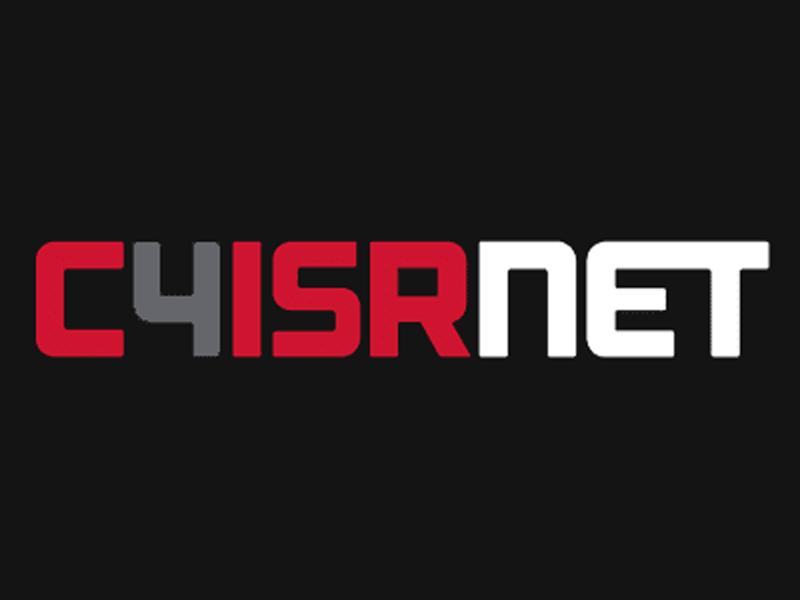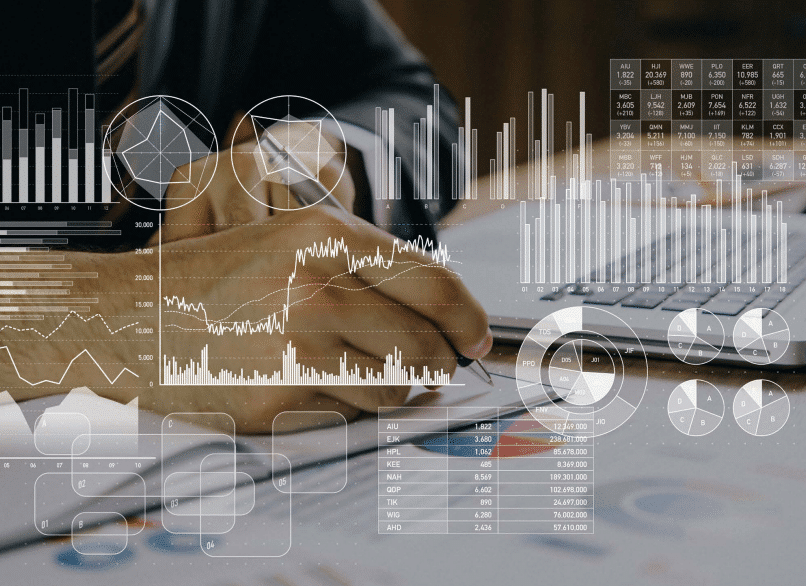C4ISR Article: What’s the US Army’s greatest weapon? Data.

We often hear U.S. Army generals describe today’s data challenges as finding a needle in a haystack, and even finding a needle within a stack of needles.
These metaphors point to the complexities the service faces when it comes to accessing and leveraging data across an ever-growing ecosystem, which includes everything from logistics to supply chain to getting timely information to the warfighter.
In addition, new efforts around the Internet of Things are creating massive amounts of incoming data from gadgets, sensors, tools, equipment and even military vehicles. This adds another complex data haystack for the Army to sort through in order to access and leverage vital information.
Another data needle that is being added to the stack is the Army’s Enterprise Business Systems Convergence program, which aims to consolidate the Army’s six ERP systems into a single architecture. This modernization effort is highly complex and will encompass force planning to force readiness, procurement, financial operations, and human resources.
Current efforts around the Army’s Organic Industrial Base, or OIB, modernization efforts are also creating more demand for best leveraging and accessing data for enhanced operations.
At the recent OIB Commander’s Summit, leaders from across the Army Sustainment Enterprise discussed plans around the 15-year modernization plan, which aims to upgrade facilities, processes and people to bring the OIB into the 21st century.
On top of this, the vision behind Joint All-Domain Command and Control is to keep pace with the volume and complexity of data in modern warfare and to defeat adversaries decisively, according to the JADC2 Implementation Plan.
A soldier uses the Army’s Vanatge platform to search through service data. (Army photo)
This plan reinforces how the Joint Force needs to leverage data across the battle-space quickly using automation, artificial intelligence (AI), predictive analytics, and machine learning to deliver informed solutions via a resilient and robust network environment.
It’s clear that the U.S. Army has a data abundance challenge on its hands. The key to liberating all Army data for better decision-making comes down to leveraging data integration capabilities across all ecosystems. This will enable the move away from data silos and into a new future of data interoperability and automation.
Through data integration, it is possible to create a data environment that mimics what the private sector is doing with an AI and machine learning (ML)-enabled enterprise.
In addition, application-programming interfacesm or APIs, can help the U.S. Army securely connect disparate data systems and communicate with other offices and components.
For example, APIs can expose data in legacy systems and applications, while also achieving an enterprise view of its data assets. This helps to improve data control and governance, as well as overcome challenges with varying data standards to increase usability. Ultimately, this will create the move towards common and secure interoperability for all complex data sets.
APIs also provide a low-code/no-code way for the Army to modernize without having to completely overhaul their current IT environment. Rather than leveraging standalone APIs in a piecemeal fashion, API integration platforms can rapidly improve all data management and governance.
In addition, the massive amounts of incoming IoT data from any number of assets – be it the wearables, tanks and equipment, as well as from every part of the supply chain – can be managed through simplified IoT architectures. These offer real-time insights into overall device performance, tracking and usage, allowing the Army to quickly identify issues and optimization opportunities through a single source of all data.
Autonomous integration platforms
Of course also, 2023 has been the year of AI with virtually every business sector and government agency considering how to take advantage of this new frontier. New AI-driven integrations will be coming into focus for the Army very soon.
AI will drive autonomous integration platforms that translate business requests into custom connections and workflows with no integration experience required. This means that anyone will be able to easily connect the Army systems they use every day by simply asking in a generative AI fashion. Using natural language inputs, custom data integrations can be developed from scratch.
Managing the rising amounts of data has always been a challenge for the U.S. Army. However, it’s possible to make data its greatest weapon by effectively harnessing this information for making the right decisions at the right time.
Michael Sanchez is the Regional Sales Manager at Software AG Government Solutions, which develops advanced IoT, API and IT integration produces and services for U.S. federal, state, and local government, along with the aerospace and defense industries.
Read the full C4ISR article HERE.
Want to keep up with all things Software AG Government Solutions?
Share your email address below.

View our upcoming events and on-demand webinars







